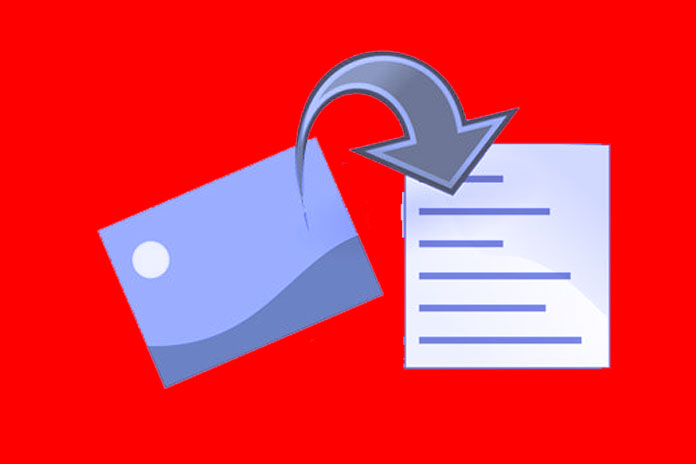How Much Time Does It Take To Extract Text From Image?

Earlier, taking text from pictures was hard. It needed retyping the text from images. This took much time and effort. Now, technology brings a method to easily extract text from images. This is done with an image to text converter. It’s a free tool using optical character recognition (OCR) technology. This application swiftly transforms images into text, often accomplishing this task in under a second.
Explaining Optical Character Recognition
Optical Character Recognition is text recognition. It’s a technology to find printed or handwritten text in scanned documents, camera images, and image-only PDFs. OCR aims to read a document’s text and turn it into code for data processing. It removes the need for typing data by hand. OCR can also take mathematical steps from images and turn them into text. This is done using a free picture to text converter.
Why Extract Text from Images?
The image to text converter is used to recognize and format text from image files. It identifies letter shapes or symbols in the image and converts them to editable text. This tool is very helpful for students, allowing them to take text from images quickly, saving time and effort. OCR makes getting information easier.
Everyone can scan textbook pages or other documents as images and access the text with a picture to text converter. It’s a simple way to take text from a picture, scanned document, or PDF file and use it in another document or chat software. If an image has mathematical steps (formulas or symbols), the image to text generator lets everyone change them to text without losing the original format. This technology is helpful when it’s needed to copy information from a file or screenshot a page, saving the time that would have been spent retyping the text.
Advantages of Extracting Text from Images
Using an image to text converter has many benefits:
- Business people can scan documents for analysis reports without trouble.
- Social media users can change interesting image texts into readable text with one click.
- The converter allows quick editing and updating of the new text result.
Additional Insights into Text Extraction from Images
Speed and Efficiency in Modern Text Extraction
Modern tools make text extraction from images faster and more efficient than ever. They can handle complex images and different text styles, making the process swift and accurate.
Accessibility and Inclusion through Text Extraction
Text extraction technology improves accessibility. It helps visually impaired people by converting image-based information into accessible text formats. It also supports language translation, making information more inclusive.
Future of Text Extraction Technology
Advances in AI and machine learning predict a bright future for text extraction. Future tools might offer more accuracy, handle more languages, and integrate seamlessly with various applications.
Challenges in Text Extraction
Despite advancements, challenges remain. These include extracting text from low-quality images or handling artistic fonts. Ongoing research aims to overcome these hurdles.
Environmental Impact of Digital Text Extraction
Digital text extraction reduces paper use, contributing to environmental conservation. It encourages digital documentation, lessening the need for physical storage.
To review, the progress in technological capabilities, especially in OCR’s domain, has dramatically eased the process of converting images into text. This breakthrough not only reduces time and labor but also improves access and efficiency across different sectors including education and business realms. As technology continues to evolve, the potential for more sophisticated and accurate text extraction methods promises to further ease and expand the ways we interact with and utilize textual information in digital formats.
Also Read: Unlock PDFs: Here’s How To Remove Passwords
